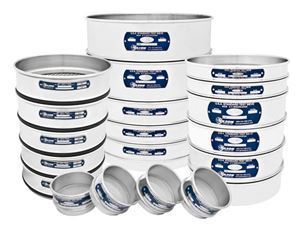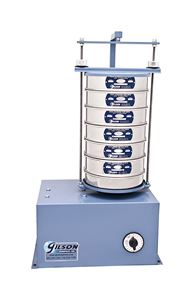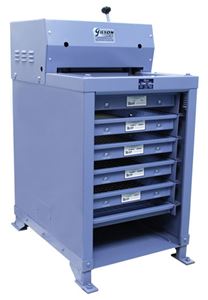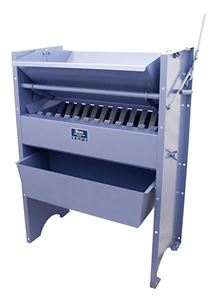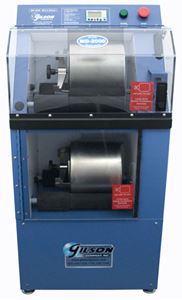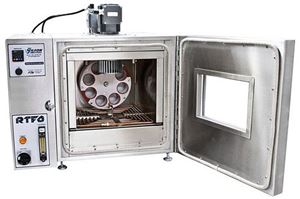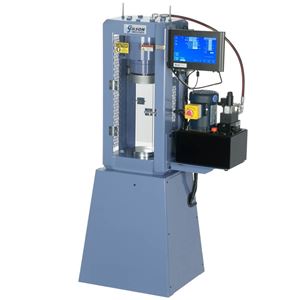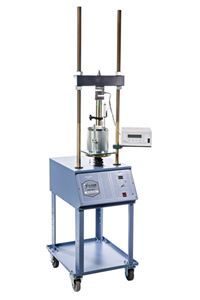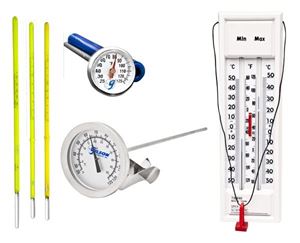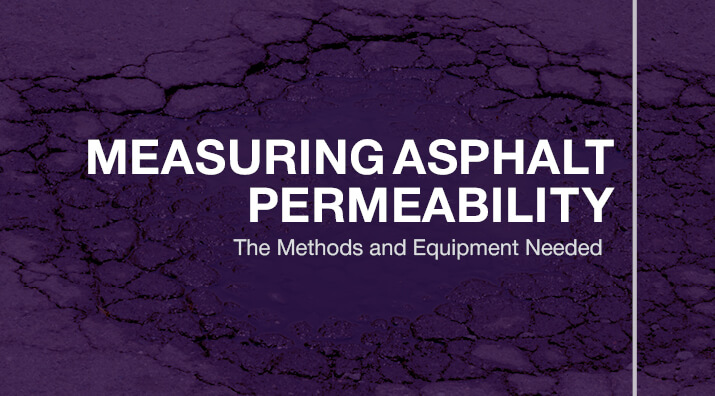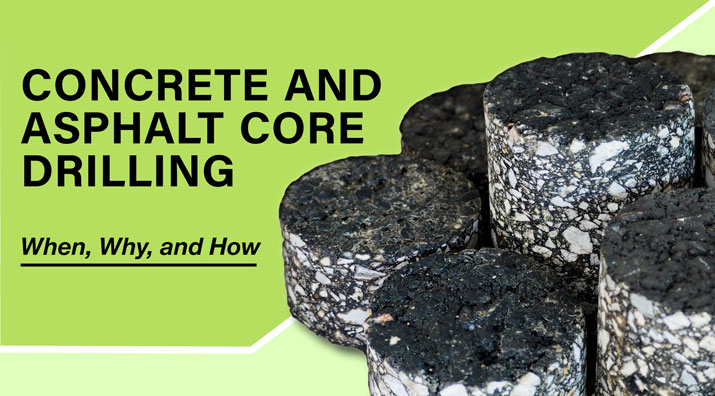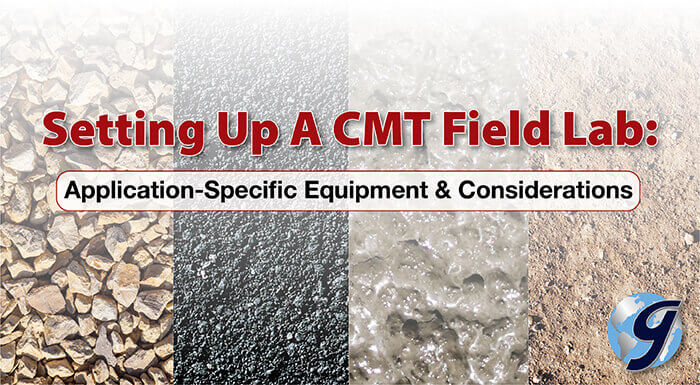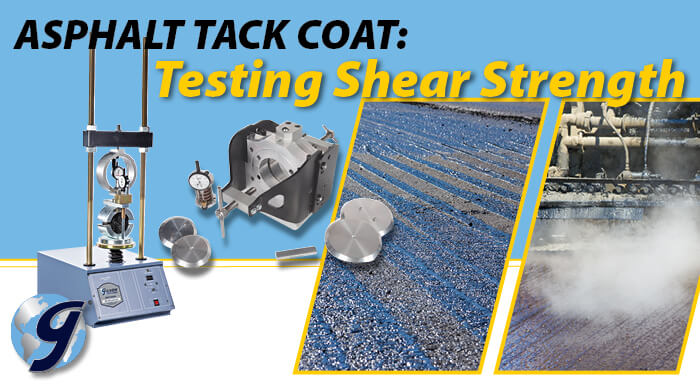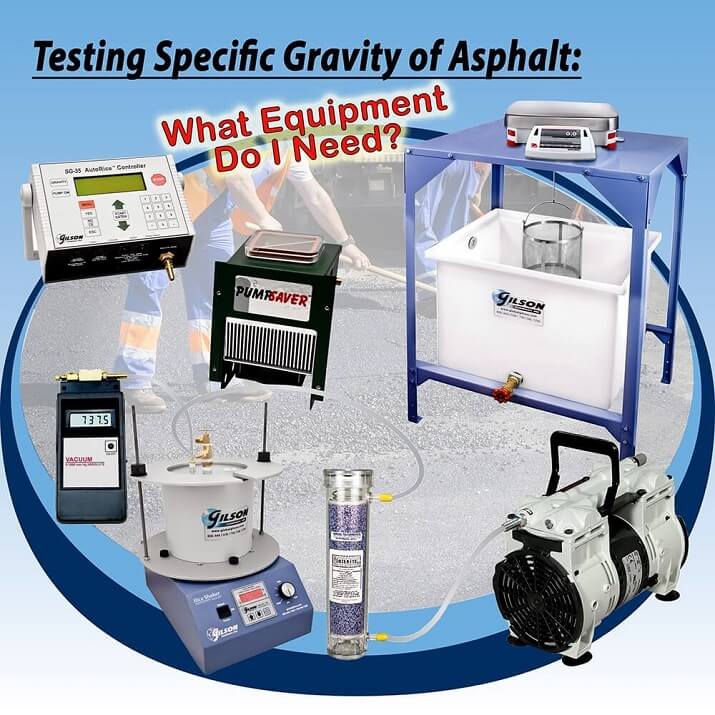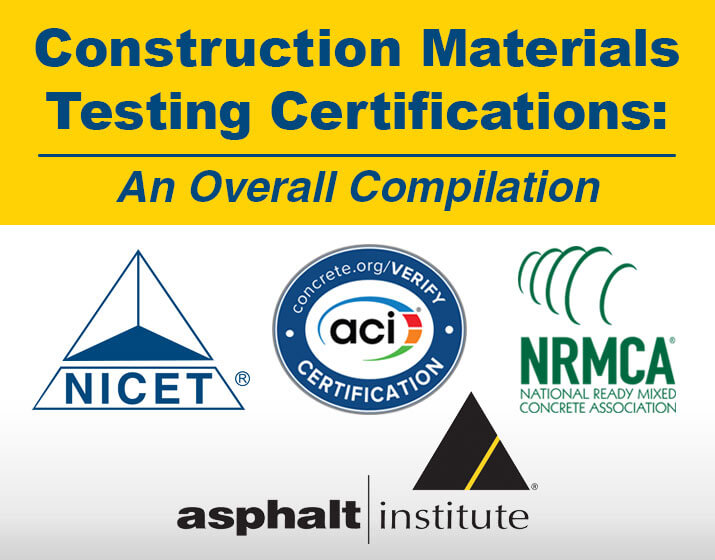Measuring the permeability of asphalt mixes is a powerful tool to predict and improve the service life of flexible pavements. In this blog post, we will discuss methods and the testing equipment needed for two basic asphalt permeability tests to mitigate pavement problems over the long term.
- Log in
- Favorites List
-
Shopping Cart
You have no items in your shopping cart.
Gilson Insights
Have questions about your materials testing equipment? We have the answers to these questions and much more right here! Check back monthly for long-form blog posts, how-to guides and infographics. We’ll address industry insights, the operation and maintenance of specific equipment, and our product line recommendations, all designed to better serve you.
Bookmark this page, add it to your RSS reader, or subscribe to our newsletter, so you never miss a hot topic.
This blog post will focus on the core drilling method and the core sampling equipment. We discuss why and how core samples are taken from asphalt and concrete. Lastly, we touch on some of the different lab tests performed.
In this month's blog, we examine the civil engineering laboratory equipment needed for typical operations performed where field laboratories for construction materials testing are required. With so many possible variations in specific project requirements, we break it down by application.
In this blog, it will discuss setting up and furnishing temporary field-testing labs with essential laboratory equipment. Field labs are generally limited to a few particular tests, but no matter the material, most require the same essentials to measure properties like size, weight, and moisture.
Maximum strength with minimum deformation. Get an in-depth look at how the Marshall method is used to attain optimum asphalt content.
Superpave’s origins came from simple questions that ballooned into complex, numerous offshoots as time passed and funding permitted. In this blog post, we discuss the impact of Superpave from the perspective of mix design, construction materials testing, and equipment for the lab.
A multilayer asphalt design must perform as a single unit to withstand heavy traffic loads. In our latest blog, we’re taking a look at how asphalt tack coat is used to strengthen pavements, and how shear strength is tested to ensure optimal performance.
The Asphalt Rice Test is commonly used in determining theoretical maximum or asphalt specific gravity in accordance with ASTM and AASHTO standards. This blog post covers what you should know about the test and equipment available to help ensure testing in compliance with ASTM D2041 and AASHTO T 209.
Over the past several months, we have explored various materials testing technician certifications and what it takes to achieve them. This final summary blog in the series includes what’s new, schedules for 2018 programs and testing, and a downloadable PDF Resource List. As any additional information becomes available, we will update the blog series accordingly.
Gilson continues its series of blog posts on what to know when preparing for and taking a technician certification exam. This third post covers asphalt technician certifications, and includes information and resources designed to help you with the process.
- 2025
- 2024
- 2023
- 2022
- 2021
- 2020
- 2019
- 2018
- 2017
- 2016
- 2015

